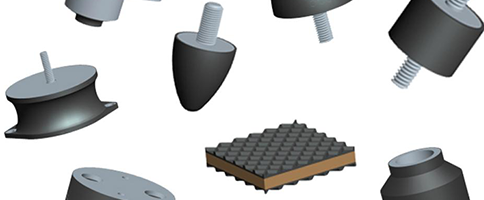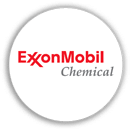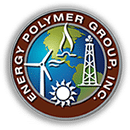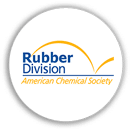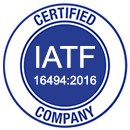Sourcing Offshore Manufacturers
Benefits of Sourcing Offshore Manufacturing Cheap labor is virtually synonymous to offshore manufacturing. To be competitive on the global stage, corporations need globally competitive prices. For some, saving costs on their supply chain might be the saving grace of their business. There are risks to sourcing from offshore manufacturers, but if you educate yourself and […]



